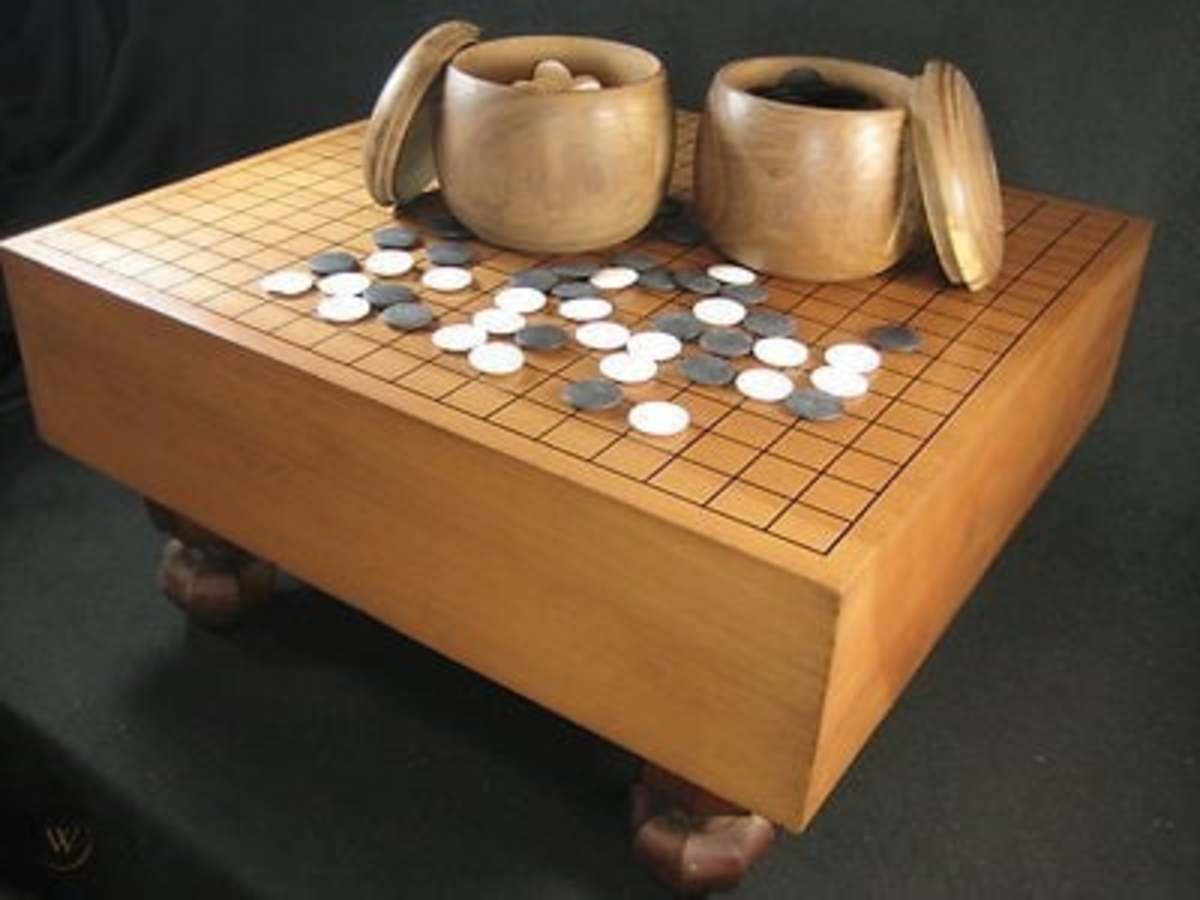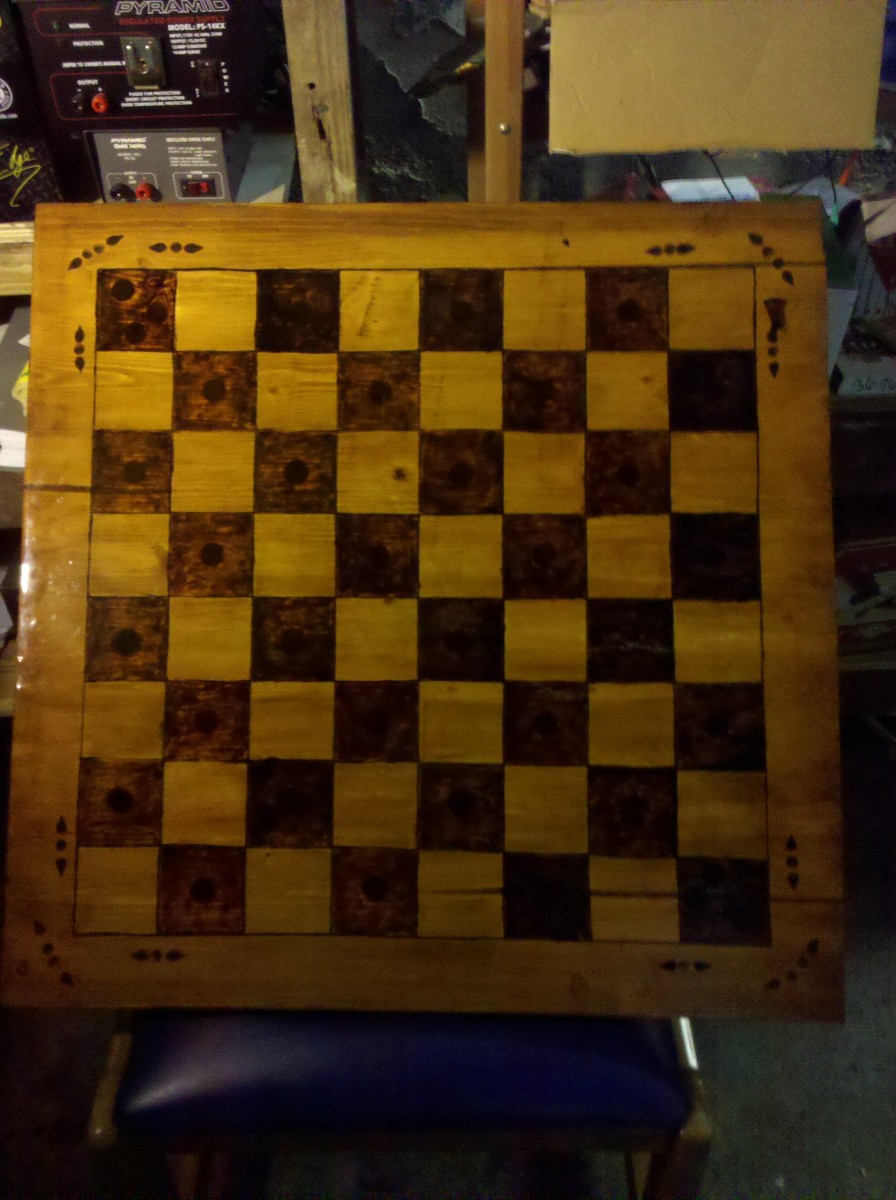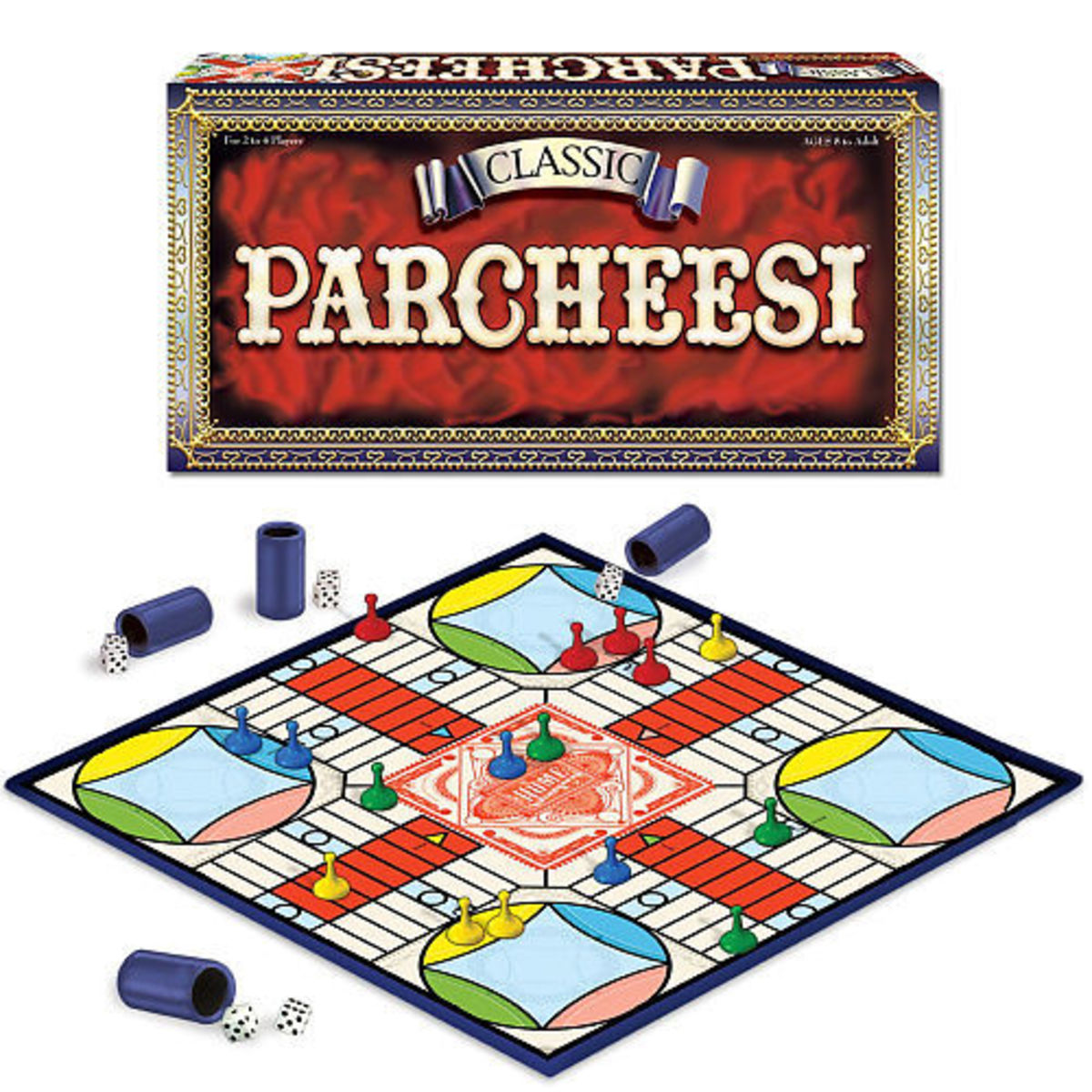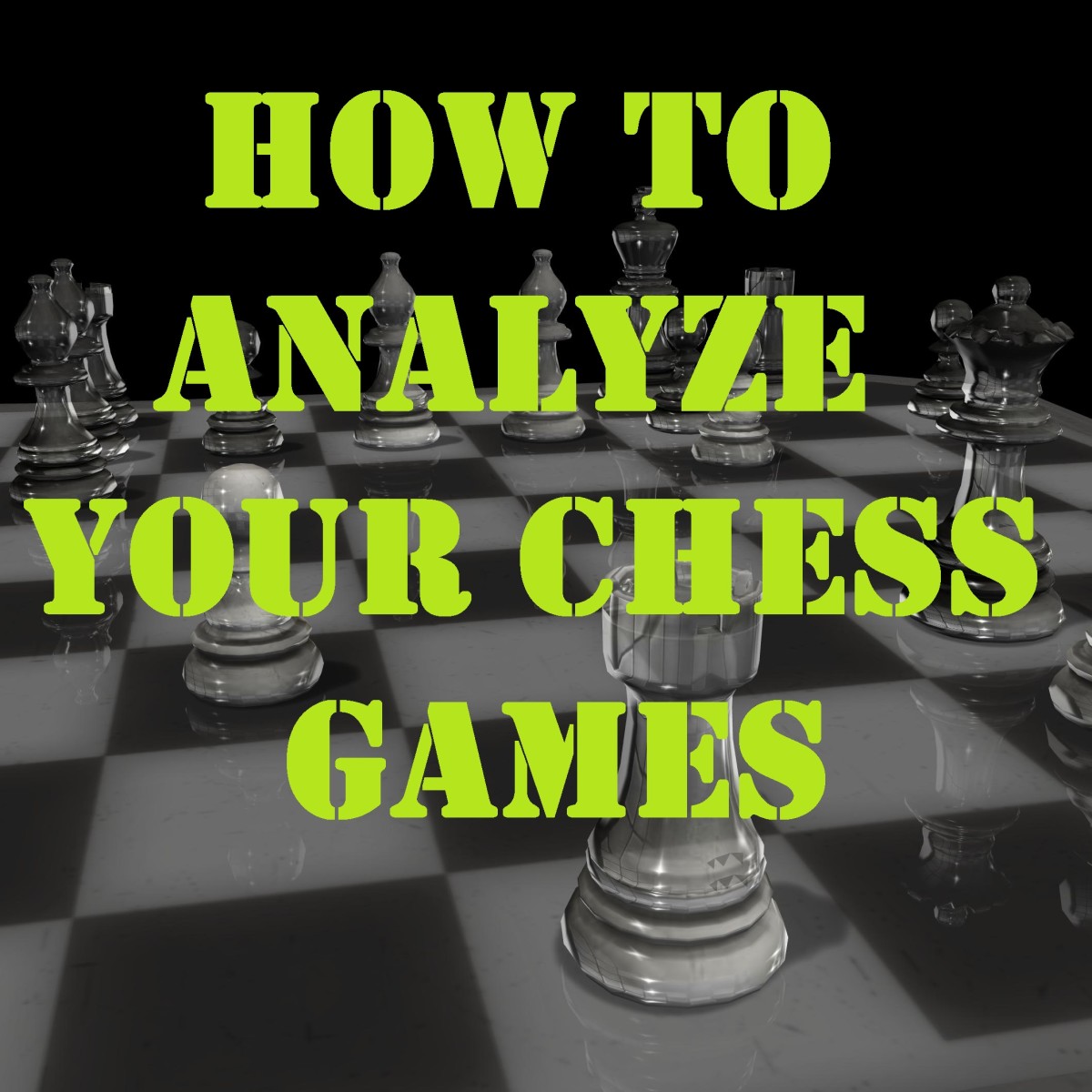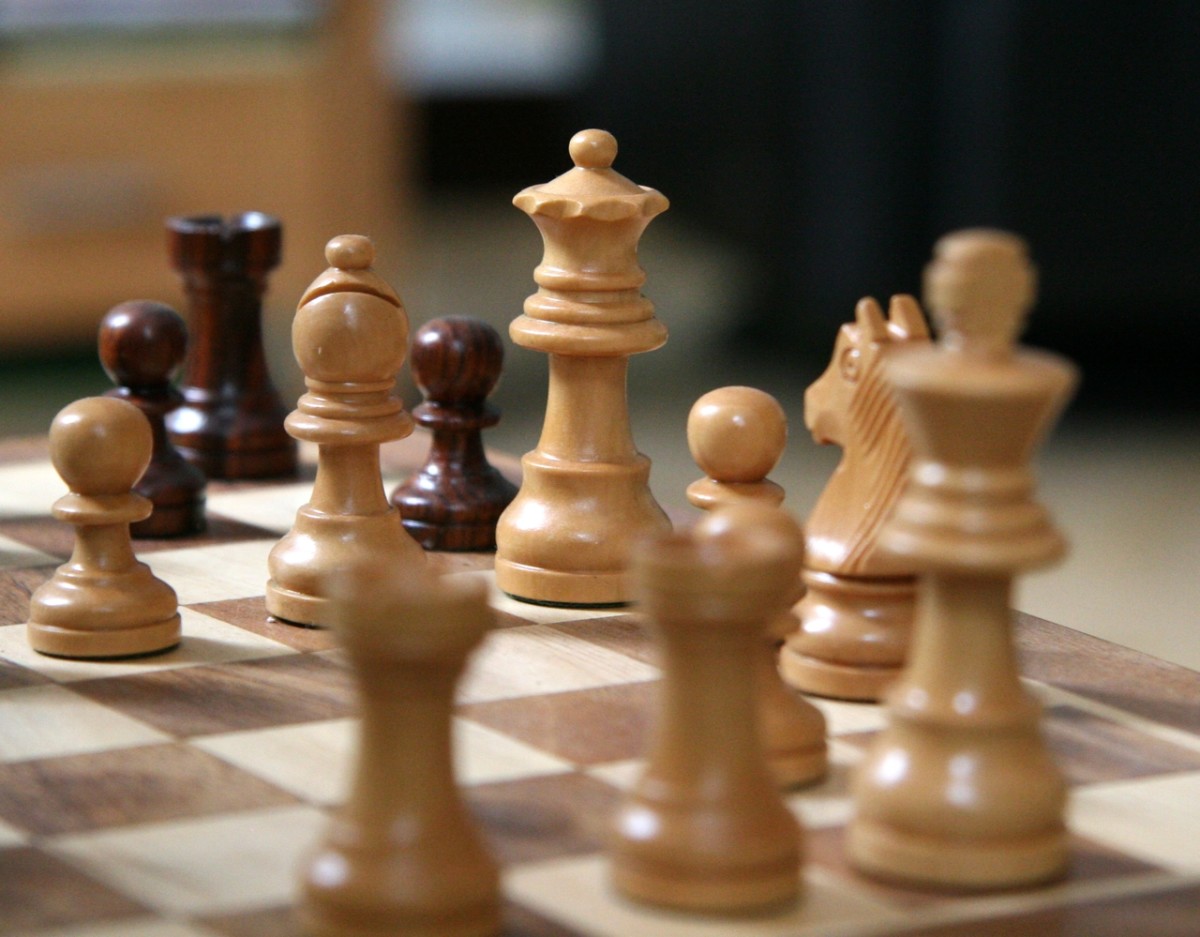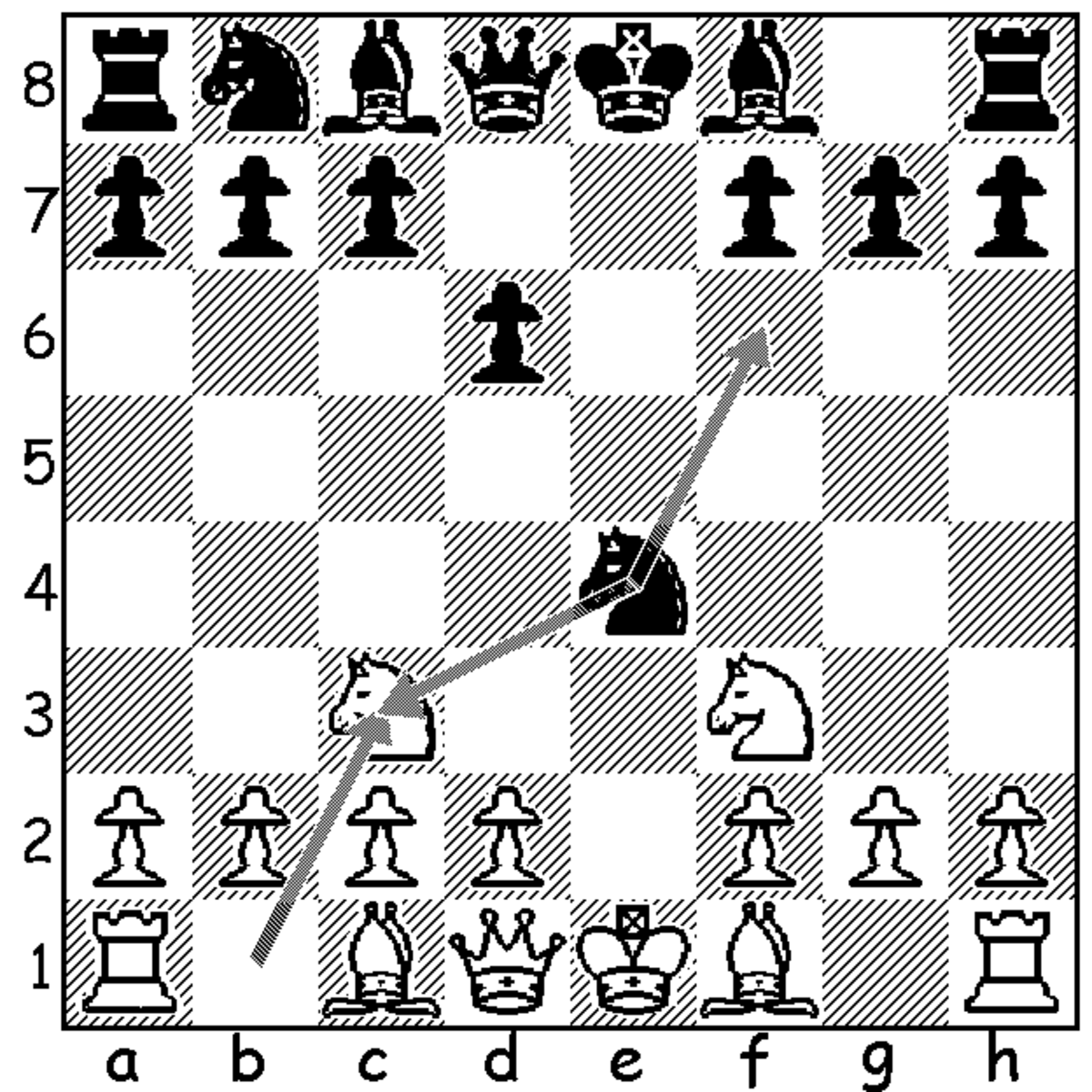The Many Faces of Chess
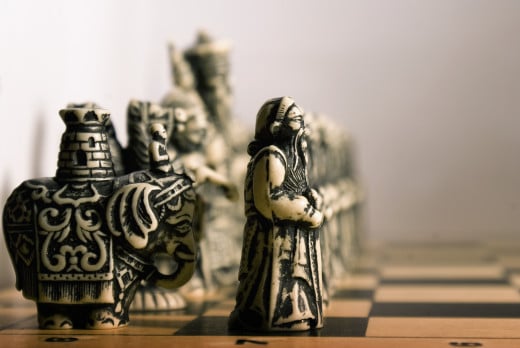
A Brief History of Chess
Chess is arguably the most popular board game ever to have existed. It has enjoyed enormous success throughout Eurasia, and even into parts of Africa. Unfortunately it is a game whose exact origins are lost to history, but most historians now agree that the game originated in India and quickly swept through Persia before finding popularity in Europe. There is almost no archaeological evidence of this early beginning of the game, but there is sufficient supportive evidence to suggest the theory of an Indian origin. The earliest estimates to the beginnings of chess date from 3000 BCE, but it could have begun as late as 570 CE. The strongest evidence for the Indian origin theory is that the pieces themselves represent the makeup of the forces of the Indian Army. While Elephants were known in the Middle East at the time, they were heavily used militarily in Europe. There is also the simple fact that in Indian chess all the pieces and phrases surrounding the game have a completely Indian origin, whereas in every other area there are trace elements of foreign influence in the naming conventions.
Finding the exact point and time in which Chess crossed over into the western world is nearly impossible, we can guess it is sometime before 1000 CE based on extant documentation. In the 1490’s chess underwent its most massive rule change which brought the game quite close to its modern form, granting additional moves to pawns, vast power to bishops (and of course the change of the Elephant piece to the title of bishop), and most importantly the morphing of the fers into the queen and the granting of extreme power to the queen.
The game, then as now, was considered to be a way to hone strategy skills and thus improve military prowess. It is basically a simple war simulation each piece representing a class of soldier and each one’s primary goal is to protect and serve the king. A more apt comparison to medieval life and warfare I cannot imagine.
The chess pieces and some rule changes have been made to chess over the years, but as stated the major changes occurred in the 1490s so it is certainly plausible to play chess in its modern variant as a medieval game.
Chaturaṅga
Chaturaṅga is more representative of the most common variant of chess played throughout the medieval times, and probably much of chess' early history as well. These are older rules from Alfonso X of Spain, King of Castile, Leon, and Galicia. Alfonso sponsored the creation of a book of games called Libro de los Juegos that was completed in 1283. It’s one of the earliest European book of games. In the book he lays out the rules for chess and a wide variety of variants.
The manner in which pieces are captured in this variant is pretty much the same as in modern chess. The pawns capture men one space on a forward diagonal only, and all others capture men on the space they can land on. Rooks however cannot capture a man on their first move.
Modern Piece
| Chaturaṅga Equivalent
| Details
|
|---|---|---|
King
| Shah
| Ruler of all, and lord of the army. As in modern chess the King of medieval chess can only move one space at a time, diagonally or straight, in any direction.
|
Queen
| Vizir/Fers
| This is the equivalent of the queen, but the queen has not yet made the move to chess piece, although Alfonso does point out that some, who do not know better, refer to the fers as “Alfferza” which is a feminine form of Fers. Fers is the king’s advisor and carries the kings standard and his colours, this is probably the reason why in modern chess the queen starts on her colour. The fers in medieval chess is a much weaker piece than the modern queen, he can move only one square in any direction at a time, but only diagonally, never straight. On the first move the fers can jump two squares, even if another piece is blocking that path.
|
Bishop
| Pil/Elephant
| Modernly this becomes the bishops. The elephant can move two squares diagonally in any direction.
|
Knight
| Asp/Knight
| In medieval chess as in modern chess it is common to refer to the knights as horses. The knight jumps three spaces straight, either forward or back and then one space diagonally in any direction, since the rules state jump rather than move I presume having other men in the way of the knight is no obstacle. Obviously this is in contrast to modern knight that moves three spaces straight in any direction then one space at a right angle to that.
|
Rook
| Rukh/Chariot
| While modernly represented as castles, Alfonso states that the rooks were made wide and stretched because they represent the ranking soldiers. Rooks can move straight as many unblocked spaces forward, back, right or left as they wish. Rooks were also sometimes represented as Chariots instead of castles or the ranking of soldiers.
|
Pawn
| Piyadah
| The pawn has not undergone many changes over the years. The pawn can move only straight forward one square at a time, although an optional rule is to allow the first move to be two squares forward, this speeds up the number of moves before first contact with the enemy.
|
Another variant laid out by Murray in History of Chess has the Fers named “Minister”, and the Rook named “Chariot”, the only other difference in Murray’s version is that the Knight moves the same as in modern chess .
Four Seasons Chess
Acedrex de los quarto tiempos, or four seasons chess, was a four player variant of chess popular throughout Europe, but particularly in Spain. Each player would occupy a corner of the chess board, traditionally each player represented a season. Spring was green, summer red, autumn was black, and winter white. The moves were the same as in standard two player chess, but obviously with limited space on the board and limited men the game was faster paced. Alliances were not an official part of the game, but naturally were advantageous. Each player had a King, Rook, Knight, Bishop, and four Pawns, there starting postions are shown in this image from Alfonso X’s book of games.
On interesting feature of the four seasons chess is when you checkmate one player you get to keep all the men that player still has on the board and use them as your own. When alliances are in play only the player who actually made the checkmate gets the men of the fallen opponent. Keeping fallen opponents men could grow your army to make you a much more formidable opponent and can change the dynamics of alliances drastically.
Four Seasons Chess Board Layout
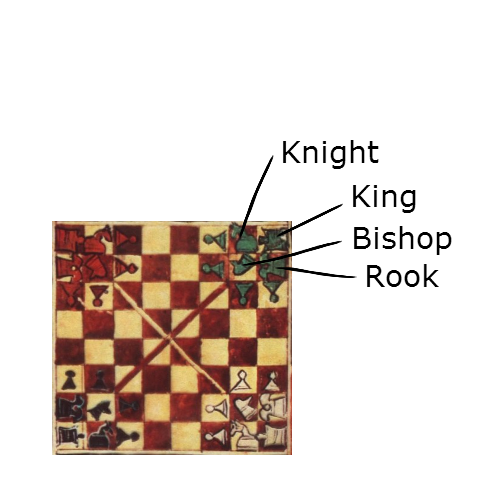
Byzantine Chess
Byzantine chess is a version played on a round board and is more aptly called Round Chess by most chess historians. There is a long standing belief that round chess was favoured by the Byzantines, however there is no clear evidence that this is so or that round chess was even known in the Byzantine Empire. It is played with the same pieces as standard chess or chaturaṅga and uses essentially the same rules. The main difference is that the board is round and players start on either end of the circle and go around the board in either direction to try to capture the king.
In addition to the difference in the board there is another difference. Should two pawns from the same side heading in opposite directions meet each other, both pawns are illuminated by the opposition.
Layout of Byzantine Chess Board
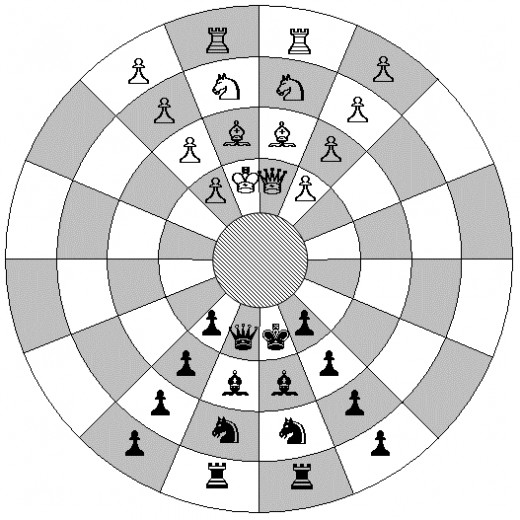
Citadel Chess
Like Byzantine Chess, citadel chess is played on a round board, the starting positions are much the same, however in citadel chess the center of the board is divided into four, and these are the citadels. If a player gets his king into the citadel on the opposite side of the board a draw is forced.
Layout of Citadel Chess Board
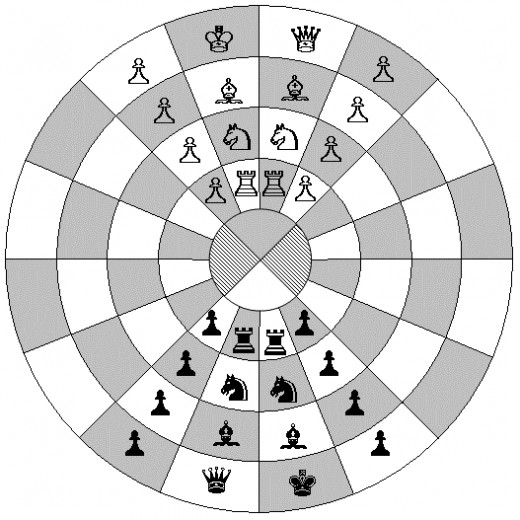
© 2014 Jeff Johnston


